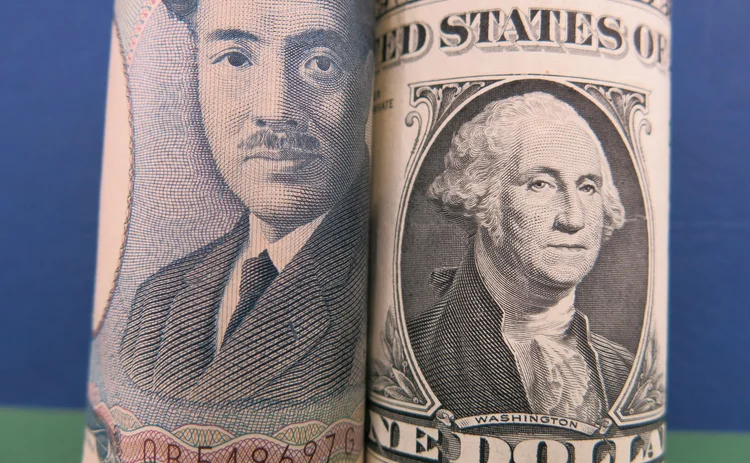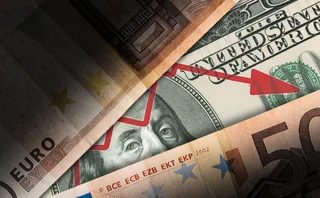
BoJ policy shift sends traders to hedge downside yen moves
Hedge funds and corporates rush to FX options following central bank move

The Bank of Japan’s (BoJ) recent hawkish shift in monetary policy has resulted in a flurry of foreign exchange options trades, as the market looked for protection against downward moves in the dollar/yen spot rate.
The rate fell from 136.91 at close on December 19 to 132.331 the following day, after the announcement that the central bank would adjust its long-standing yield curve control measure – an indication that a rate rise might be on its way.
!function(e,i,n,s){var t="InfogramEmbeds",dOnly users who have a paid subscription or are part of a corporate subscription are able to print or copy content.
To access these options, along with all other subscription benefits, please contact customer services - www.fx-markets.com/static/contact-us, or view our subscription options here: https://subscriptions.fx-markets.com/subscribe
You are currently unable to print this content. Please contact customer services - www.fx-markets.com/static/contact-us to find out more.
You are currently unable to copy this content. Please contact info@fx-markets.com to find out more.
Copyright Infopro Digital Limited. All rights reserved.
As outlined in our terms and conditions, https://www.infopro-digital.com/terms-and-conditions/subscriptions/ (point 2.4), printing is limited to a single copy.
If you would like to purchase additional rights please email info@fx-markets.com
Copyright Infopro Digital Limited. All rights reserved.
You may share this content using our article tools. As outlined in our terms and conditions, https://www.infopro-digital.com/terms-and-conditions/subscriptions/ (clause 2.4), an Authorised User may only make one copy of the materials for their own personal use. You must also comply with the restrictions in clause 2.5.
If you would like to purchase additional rights please email info@fx-markets.com
More on Trading
TCA vendors link FX counterparty selection with execution
Services from BestX and Tradefeedr aim to automate the pre-trade and execution process
Tariffs volatility prompts rush to re-hedge EUR/USD options books
Banks left scrambling to buy vol as spot surged beyond expectations
Dealers bullish on Bloomberg chat interface for FX markets
Service expanded its API offering to integrate broker chats into banks’ engines for cash FX pricing late last year
Corporates hamstrung in response to FX volatility
Restrictions around hedging programmes leave US firms struggling to adapt to dollar weakness
Hedge funds flock to hybrids to trade macro uncertainty
Firms repurpose structure made popular by Trump trades last year
FX traders revel in March Madness
Chaotic Trump policies finally bring diversity to flows – to the delight of market-makers
Former Nomura FX co-head joins JB Drax Honoré
Kevin Connors joins agency broker as head of business and client development
FX Spot+: connecting OTC traders to FX futures liquidity
CME Group’s new all-to-all spot FX marketplace translates futures liquidity into spot terms, expanding liquidity access to OTC traders








